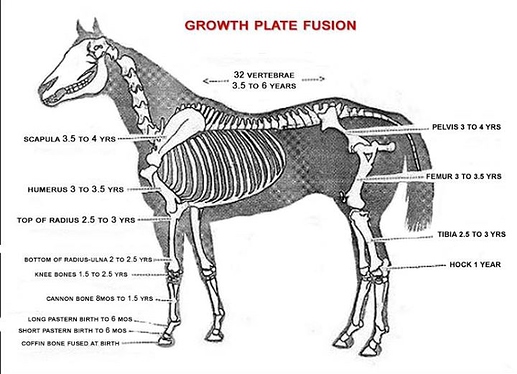Wow. Just Wow. Not a dig at you in particular, but I seriously don’t think I could participate in a discipline that thinks a horse not under saddle in a substantive way at 2 must have something wrong with them.
I acknowledge that the reining/breed world is not my wheelhouse - but I guess I don’t see a long yearling as a horse that is physically mature enough to “go into a program” Like their knees aren’t necessarily closed. And like people, some 2yos are just…mentally young. I’ve had horses that turn out to be the best performing horses that were not under saddle at all until late 2/early 3. Maybe not every horse is meant to be a futurity candidate, but that doesn’t mean they can’t be great at their job at 7.
And - if the economy dumps - you’re already not going to get top dollar for a horse in most circumstances.
I’m all for getting a horse a job, but I’m not all for there being a set time frame based only on calendar age. Maybe the horse was bred to be a futurity horse, but the horse doesn’t know what they were bred to do. I have a dressage trainer friend who breeds her own every other year. She had a mare about 10 years ago that on paper should have been an amazing dressage mount. She was not mentally suited for it, and was sold to an eventer. She’s had an amazing career as an eventer. That horse would have been miserable as a straight dressage horse and consequently probably not as successful.
I think getting them into a “program” where they learn to behave while not under saddle can be good, I’d hesistate to do too much circle work on the really young ones. It can be tough on their joints.


